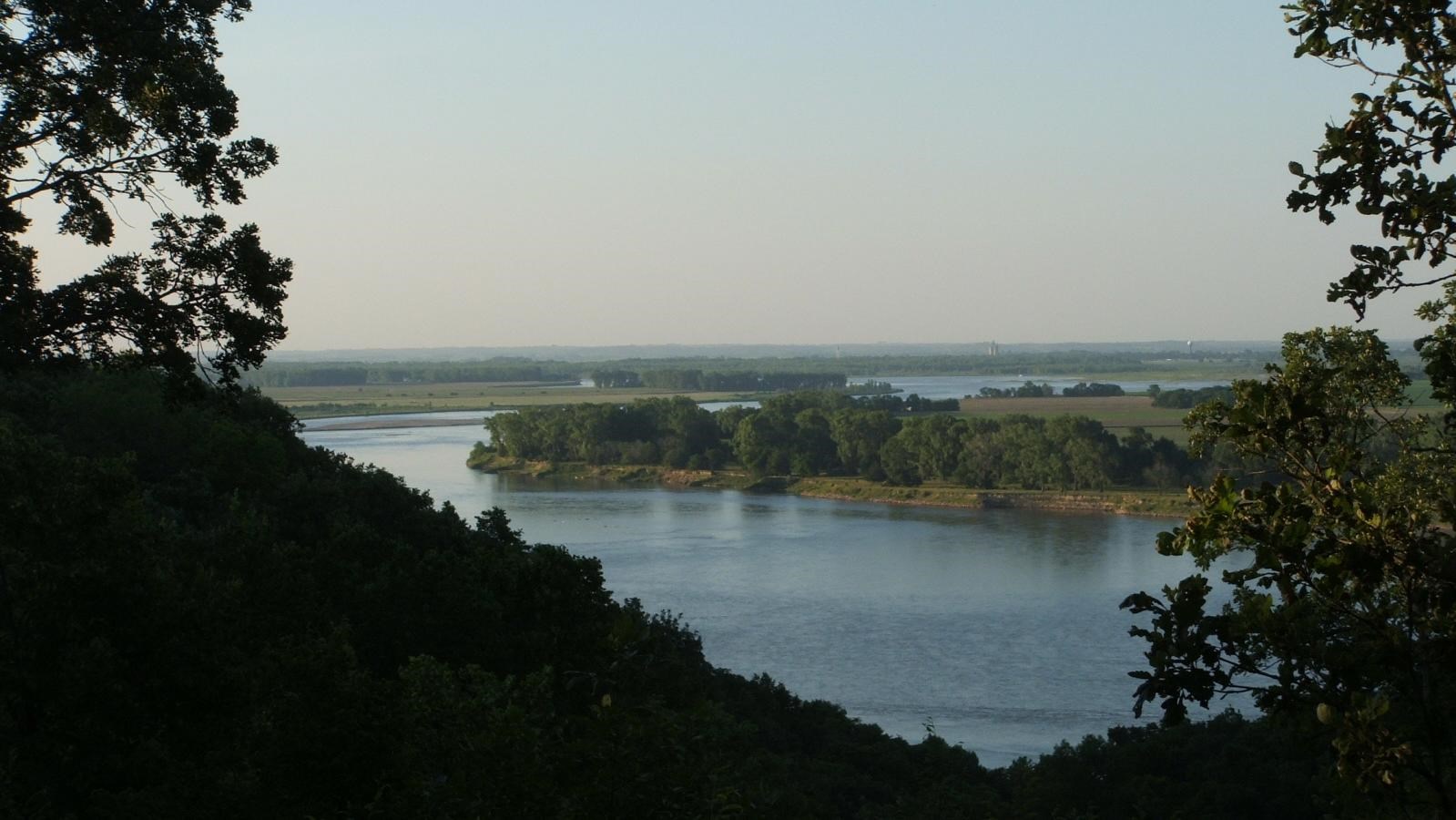Last updated: September 5, 2023
Place
Private Shannon’s Misadventure

TrickoftheLight, Flickr
Boat Ramp, Canoe/Kayak/Small Boat Launch, Electrical Hookup - Boat/RV, Gifts/Souvenirs/Books, Historical/Interpretive Information/Exhibits, Parking - Auto, Parking - Bus/RV, Picnic Table, Primitive Campsites, Restroom, Restroom - Accessible, Showers, Swimming Pool, Tent Campsites, Trailhead, Trash/Litter Receptacles, Water - Drinking/Potable, Water - Hookup - Boat/RV, Wheelchair Accessible
Most members of the Lewis and Clark Expedition were skilled at providing their own food, shelter, and clothing.
George Shannon could do those things, but he also earned a reputation for being absentminded. Twice during the expedition, he got lost, and on many occasions he forgot important items—like his tomahawk—and had to retrace his steps to retrieve the property.
Shannon was born in Pennsylvania around 1785. In 1800, his family moved to Ohio to farm land that formerly belonged to Indigenous people and that the U.S. government was doling out to White settlers. Shannon followed Meriwether Lewis to Kentucky to enlist in the Army and join the expedition. At eighteen, he became the youngest member of the expedition.
Shannon’s first misadventure started in the summer of 1804. On August 26, Shannon and George Drouillard set out to search for two horses that had strayed. The men separated to cover more territory. When Drouillard came back to camp the next day, Shannon had not returned. The captains sent search parties, but Shannon remained missing for sixteen days.
They finally encountered Shannon on September 11. He had apparently found the horses early on but misread some tracks and assumed the expedition had passed him. Shannon therefore proceeded upriver expecting to meet the party, but they were actually downstream of him.
When they found Shannon, he was sitting beside the river, “nearly Starved to Death” waiting for a boat to pass. He hadn’t eaten for twelve days, having run out of ammunition for his gun. He foraged some wild grapes and managed to kill a rabbit “by shooting a piece of hard Stick in place of a [musket] ball.”
Ponca and Omaha people who lived here knew how to feed themselves and how to find their way home based on thousands of years of ancestral knowledge. Shannon did not. There was food in these woods, there were trails to follow—he just was not from here and did not know where to find them.
About this article: This article is part of series called “Pivotal Places: Stories from the Lewis and Clark National Historic Trail.”
Lewis and Clark NHT Visitor Centers and Museums
This map shows a range of features associated with the Lewis and Clark National Historic Trail, which commemorates the 1803-1806 Lewis and Clark Expedition. The trail spans a large portion of the North American continent, from the Ohio River in Pittsburgh, Pennsylvania, to the mouth of the Columbia River in Oregon and Washington. The trail is comprised of the historic route of the Lewis and Clark Expedition, an auto tour route, high potential historic sites (shown in black), visitor centers (shown in orange), and pivotal places (shown in green). These features can be selected on the map to reveal additional information. Also shown is a base map displaying state boundaries, cities, rivers, and highways. The map conveys how a significant area of the North American continent was traversed by the Lewis and Clark Expedition and indicates the many places where visitors can learn about their journey and experience the landscape through which they traveled.
